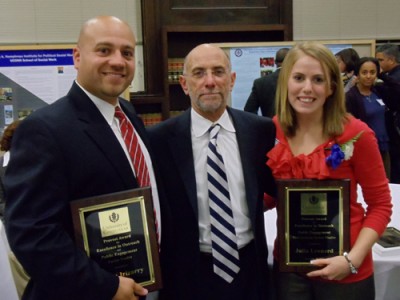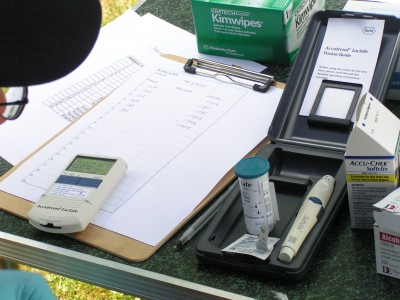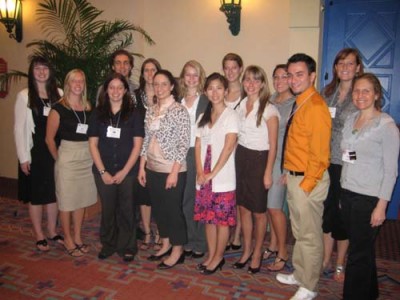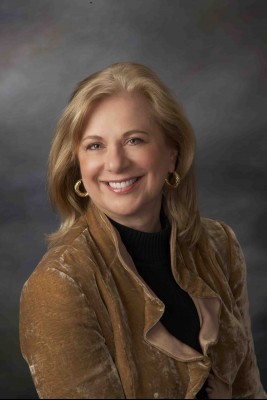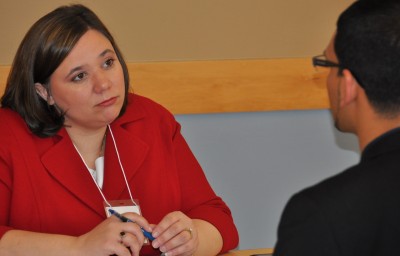
In 2004, when a graduate program for higher education administrators started to flounder, Vice President of Student Affairs John Saddlemire and Richard Schwab, then dean of the Neag School of Education, formed a partnership. They created a new version of the Higher Education Student Affairs (HESA) program in which Neag would support the curriculum and bestow a Master of Arts degree and Student Affairs would offer students hands-on experience through assistantships, in essence an on-site laboratory for future higher education professionals
For the 19 open slots in the program next fall, 323 graduate students applied. Seventy finalists were interviewed Feb. 28 on the UConn campus, and the very competitive selection process is under way for 2011-12.
“It has just grown like gangbusters,” Saddlemire, the program’s director, says now.
The benefits Saddlemire lists include “keeping my staff on their toes,” improving the program’s environment, sending the HESA graduates out to do great work in the field all over the nation, and spawning an effective set of UConn ambassadors who encourage others to apply to the program and UConn in general.
“This was not all altruism, it was something that served the division very well,” he says.
Two full-time faculty at Neag and assorted UConn administrators, including past and now acting President Phil Austin, teach at least one class for the program and infuse it with real-life tales from the front. As an example, Sue Saunders, HESA program coordinator and extension professor in Educational Leadership at Neag, says, “A person like Assistant Vice President [of Student Affairs] Cynthia Jones can talk about human resources development and can bring in a problem from her inbox.”
And acting president Austin “lifts the curtain,” she says. “He can help students see the unseen complicated messy issues that are going on behind the scenes. He really helps them understand campus politics. He just tells it like it is, and he’s delightful to work with.”
Saunders, one of the two full-time HESA faculty, calls the job a “great fit” for her research and background in connecting classroom theory with practical experience. “We learn a tremendous amount on the job, more than just on the job training. We learn about how an organization functions and we learn about politics… The practical experience is more than just a job, it’s an essential part of their education,” Saunders says.
Jennifer Lease Butts, who came from seven years assisting with the undergraduate honors program to become the second full-time HESA faculty member just last summer, says the program stresses a combined learning experience versus the usual segmented approach. “You don’t just think about law and ethics when you have a legal case at hand, you think about law and ethics when you’re designing a class. It all interrelates.”
Enrollees work with staff and undergrads in such diverse areas as student activities, student affairs, risk management, counseling and mental health services, residence life and the various cultural centers on campus. The program itself builds a cohort of grad students of varied backgrounds, ages, cultures, sexual orientations and economic situations. They are alike, however, in their leadership successes inside and outside the classroom.
Charmane Thurmand of Detroit is in her first year of the program and is doing an assistantship at UConn Connects, an academic intervention program for students who get a warning or are placed on probation. But it’s open to anyone who wants help with study skills, time management, takings tests or just some peer support. Thurmand sees high school valedictorians come in and have a rough first semester. She tells them, “You have the smarts to do it. You may not have the tools.” She adds, “I like helping them work through that.”
Tiago Machado of Milford, Mass., also in his first year of HESA, supervises 10 undergrads who put together themed activities at the Student Union on Friday nights. “Late Nights” have included a zombie theme, a farm theme with a cow-milking contest and, his favorite, a live dungeons and dragons-type quest, with assistance by costumed members of the Medieval Arts and Culture Club on campus.
Machado does the administration, such as contracts and purchasing. “It’s up to me to make those dreams happen,” he says.
Catherine Cocks, director of Community Standards at UConn, graduated from the HESA program in its earlier, more traditional format. She co-teaches the law, ethics and decision-making course, supervises assistantships and practica, and says the program provides a safe place to take risks and to make the inevitable mistake. “I often describe our office as this learning laboratory. Not every decision is perfect and not every project is going to go the way you want. Part of our role is to help students learn how to cope.”
One graduate of the HESA program, Fany Hannon, now works as manager of student and alumni relations for the Alumni Association. Born in Honduras, she came to the United States at age 20 without knowing the language. She recalls an awkward moment as a HESA student that led to better cultural understanding.
In a class with Cynthia Jones, students focused on campus “sub populations.” “I was reading the list. And I saw ‘Greek.’” She thought, “So we have international students. We have Greeks.’ But she was confused and bravely said, “Dr. Jones, I’m so sorry to ask you this question: Where are the Italians, where are the Romanians? Why do we have only Greeks?”
Jones was amused and explained the mysterious reference to sororities and fraternities. “I made sure I understood what it means to be in a fraternity, what it means to be in a sorority,” Hannon says. “Now in my new role in the Alumni Association, I have so many students who want to join a fraternity or sorority and I can help them.”
HESA students recently supervised the Huskython dance marathon for charity. Student research has led to policy changes in areas, such as violence against women on campus. A recent student study on the quality of supervision of higher education professionals merited a national research award, named for Saddlemire’s father, Gerald, who was a leader in the field of higher ed administration.
Despite the burgeoning number of applicants to the program, there are no plans to expand it. If the cohort size grows, seminar classes become unwieldy, Saddlemire says. “We’re at the right size and want to make sure we don’t outgrow our ability to provide the kind of experience we think our students deserve.”
HESA graduates are becoming resident hall directors, student activities program coordinators, career counselors, academic advisers, multicultural affairs officers and administrators of an array of other campus services. They have jobs at schools ranging from the University of Washington in Seattle to Barnard and Columbia in New York.
For a program with the UConn campus as its lab, the leaders are constantly reminded of the goal, and they have it in mind when they select the participants competing for a few coveted spots.
“When you think about sending your kid to college, who do you want as a guide?” Saunders poses, then pauses and answers, “An excellent role model who is extremely kind, who is intelligent and humane enough to make good decisions.”
 We want to hear from you! Accolades is a special section in the Spotlight about the accomplishments from our faculty, alumni, and students. If you have some great news to share, please let us know. Feel free to email them to shawn.kornegay@uconn.edu.
We want to hear from you! Accolades is a special section in the Spotlight about the accomplishments from our faculty, alumni, and students. If you have some great news to share, please let us know. Feel free to email them to shawn.kornegay@uconn.edu.